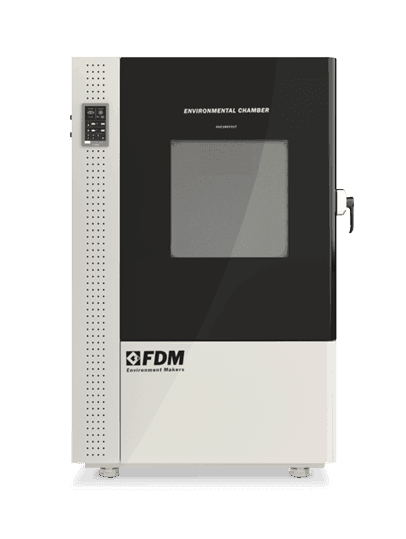
Among the many aspects of modern life that we take for granted there is the sterilization of materials.
This very important hygienic procedure was developed less than two centuries ago by Louis Pasteur.
Another important step in the history of sterilization was the invention of the autoclave, a laboratory instrument still used today.
Let's find out together.
How an autoclave works
The father of the Autoclave is considered to be Charles Chamberland, a collaborator of the aforementioned Louis Pasteur, who was the first to hypothesize the use of an already-known hermetic closure mechanism for sterilization purposes.
This mechanism is precisely the autoclave which literally indicates a type of hermetic closure in which the pressure difference between the inside and the outside of the container facilitates the seal.
Technically, the pressure cooker we use in the kitchen is also an "autoclave", but today this term mainly indicates the modern moist heat sterilizers that use the closure.
The autoclave is therefore a laboratory instrument consisting of a hermetically sealed environment within which sterilization is carried out by means of saturated steam.
There are other hot air sterilization methods that we have detailed here.
As far as the autoclave is concerned, however, the process is divided into three phases.
- Vacuum generation: i.e. the removal of air from inside the autoclave to ensure the effectiveness of the sterilization process. The expelled air is then pumped out of the autoclave, replaced by saturated steam under pressure and the environment is sealed with the real autoclave.
- Heating: thanks to the saturated steam, it heats every tiny component of the instruments that need to be sterilized, reaching the necessary temperature.
- Sterilization: the duration of the actual sterilization which varies according to the temperature reached by the autoclave and the quantity of germs present on the objects to be sanitized. The standard duration goes beyond 15 minutes at a temperature of 121°, but there are many exceptions.
What is an Autoclave used for?
The autoclave is a commonly used tool in most laboratories because sterilization is a preparatory procedure for most operations.
Therefore, in addition to serving as a preparatory phase for scientific research, the autoclave is also fundamental in medical practice for the sterilization of medical-health devices, such as operating room instruments or those found in a dental office.
Finally, sterilization is also required in all those non-medical activities that have to do with the body, think for example of a tattoo studio.
Autoclave sterilization practices are described by the international standard EN 13060.
Perform
Extreme Testing
Discover the new series of Environmental Chambers for controlled climate testing
FDM Ovens for Hot Air Sterilization
Saturated steam from the autoclave is not the only sterilization method available.
Dry hot air sterilization is an alternative method that meets different needs.
FDM - Environment Makers has been producing laboratory instruments for over 70 years and, as far as dry hot air sterilization is concerned, we have two different products that perform this function.
On the one hand there are the FDM ovens and dryers, specialized in temperature control and capable of reaching extreme values
On the other hand, there are the FDM environmental chambers which reach 180 ° (therefore perfect for the standard procedure) and however have many other functions including relative humidity control and can be equipped to perform most of the climatic tests.
For further doubts and questions, please do not hesitate to contact us.
Would you like to receive a quote or do you have questions about the product?
Contact us to receive more information about this Product.


